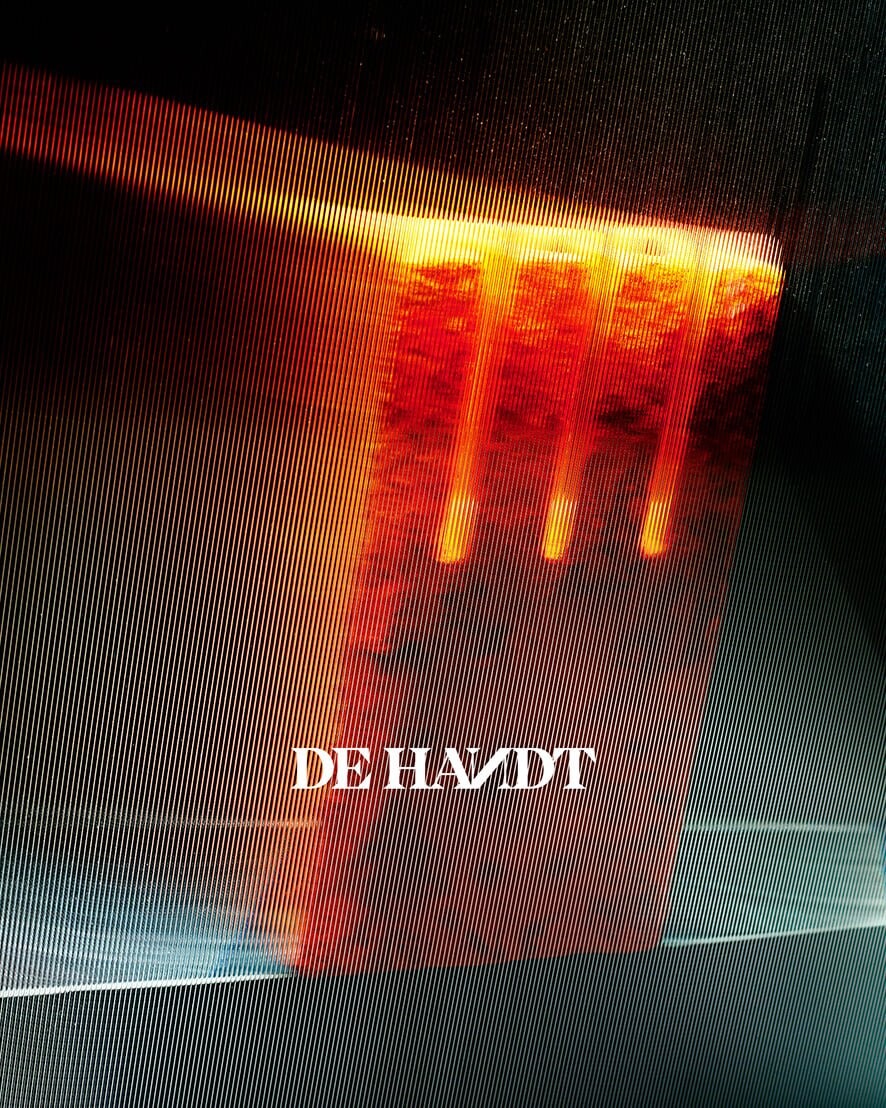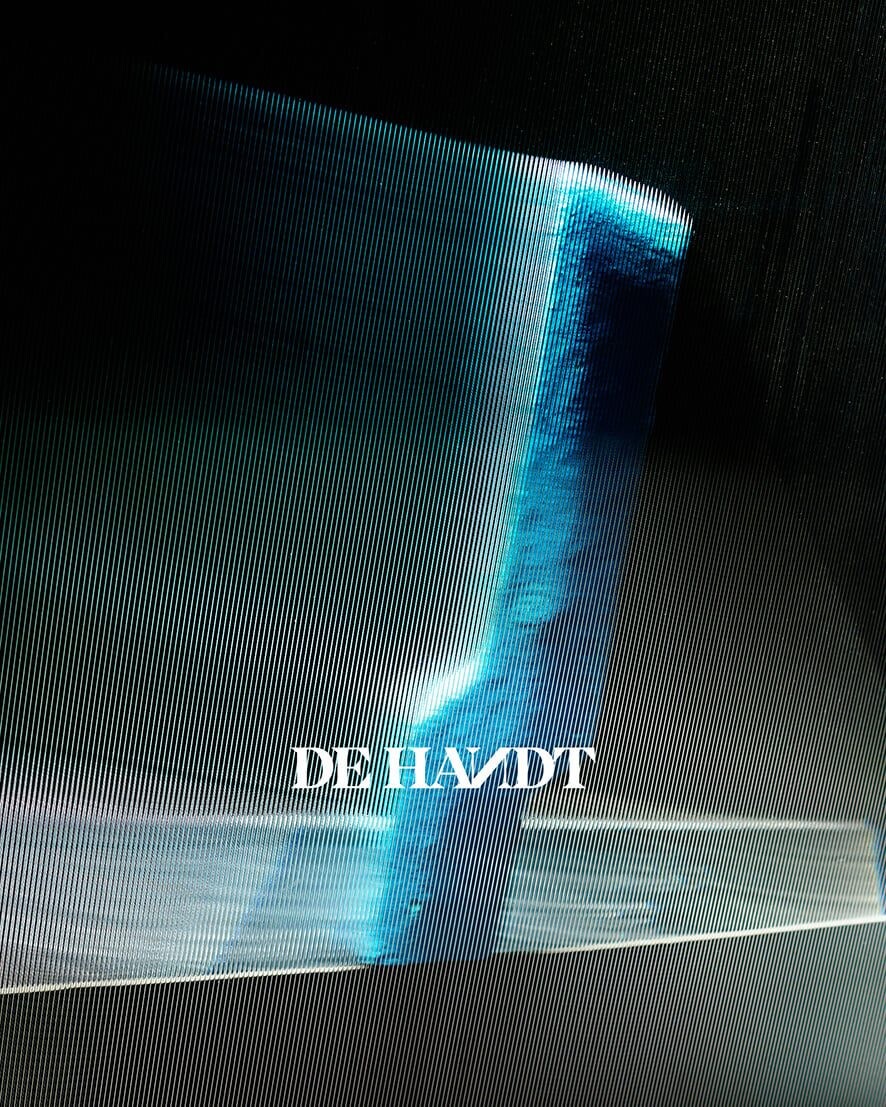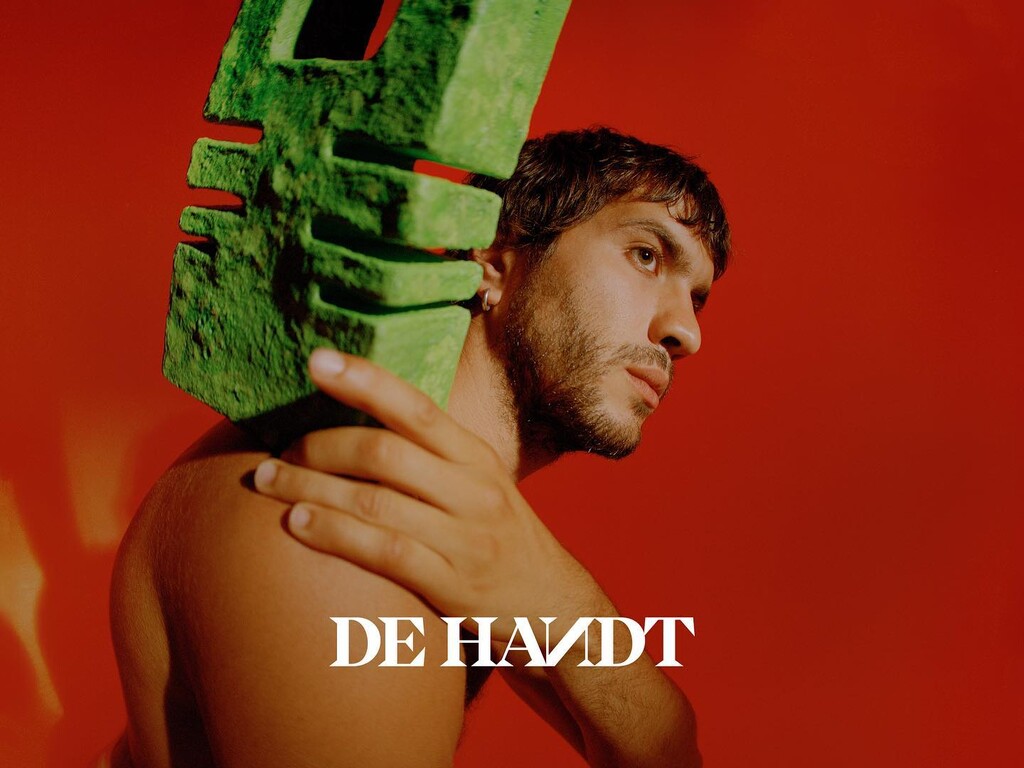De Handt Behind The Papier Maché
BEHIND THE PAPIER MACHÉ
THE BEGINNINGS
Founded during the 2020 confinement, De Handt is an evolutive object-based project that crystallises the micro-revolutions of its time: Drawn inwards, creatives of all backgrounds were confronted with the instability of their given fields, prompting them to re-imagine the ambitions they had set out to accomplish. With a renewed sense of purpose and freedom came a new way of making that blended individual experimentation with universal optics. Borne from a desire for renewal, the resurrection of handmade craftsmanship chiseled the outlines of De Handt. Evolving the principles of sustainability and upcycling explored in the fashion industry, it is a back-to-basics-meets-art-history venture.
Yens Cuyvers is a Belgian-born designer that forges unlikely alliances between couture, architecture and symbolism. Trained at the prestigious Antwerp Academy, he developed collections that incorporated his traditional Flemish heritage alongside military-inspired silhouettes and subcultural aesthetics. A continuation of the décortiqué approach which was pioneered by the Antwerp 6, he stripped his patterns bare, exposing them to unexpected cultural juxtapositions.
From his work for the John Galliano label, he kept a deconstructed/reconstructed approach within high-end craft, and a resolute appetite for the Neo-Baroque. Faced with the shortcomings of his mother industry, he embraced an ideology of assemblage and bricolage inspired by historicism and traditional craftsmanship: a post-punk resistance to normative mass culture favouring a layered, utopian aesthetic and radical hands-on process.
Loosely inspired by Yugoslavia’s Spomenik architecture - a theme investigated in his student years already- the first series of De Handt objects features a collection of miniature monuments, set in bold rainbow colours - an ode to the perpetual reinvention of the abstract shape and an optimistic re-appropriation of seminal symbols, splashed with the pizzazz that is unique to the DH world.
With Spomenik, architects of post-war Yugoslavia sought to invent universal forms that could be interpreted by whoever would look upon them, while honouring the memory of its shattered history. A revolution of shape, it titillated the viewers’ imagination, allowing the work to evolve endlessly.

“Yugoslavia was an ultimate expression of social constructivism… a revolutionary system almost openly declaring its contingent and constructed nature. No wonder then the size and grandeur of the socialist monuments! The system, revealing itself as openly “under construction” (in permanent revolution), had to ground its symbolic regime literally into the ground, and to make it, if not indestructible, then at least immovable.”
– Gal Kirn
Positive yet austere, ever-morphing structures, they were a new form of monument, an icon unaware of its own form, always looking forward. This inclusive and abstract object, both celebratory and political, is central to the De Handt ethos.
THE FIRST STEPS
Bringing the eternal to the mundane, Cuyvers erects micro-monuments to a civilization of his own making. An inclusive utopia, celebrating diversity and unity with an irreverent sense of function and glamour. These lush everyday objects take us on a journey towards sustainability, with a radically transparent and queer ethos to guide the way.
Cuyvers flips the contents of Paris’ sidewalks into highly stylised objets d’art, a cultural bricolage to be cherished as a token of rarity. His do-it-yourself attitude and sassy humour turn repossessed cardboard and clay into collectible objects devoted to the petrified ephemera of dried flowers.

« There is something powerful about re-using something. When some things become too disposable you start making everything disposable. RE-use is about that pass-it-on hing and about valuing what you have. »
– Judy Blame
With couture, the hand moves from the inside out, drawing the outline of the shape, excavating it from fabric then draping and stitching it to a simplified body - transforming instinctive lines into three dimensional, living characters. Similarly, Cuyver’s approach sculpts shape gradually, painstakingly, from a line on a page to an object on a mantlepiece, recording not only the fact but the feeling of its making. Each object is one-of-a-kind, bearing the irregular and layered imprint of his hand.
This process is inextricably linked with the force of recycling. An urge to extract, repurpose, and create objects that reflect the cultural patchwork of the Now.
Necessity creates the new luxury.
